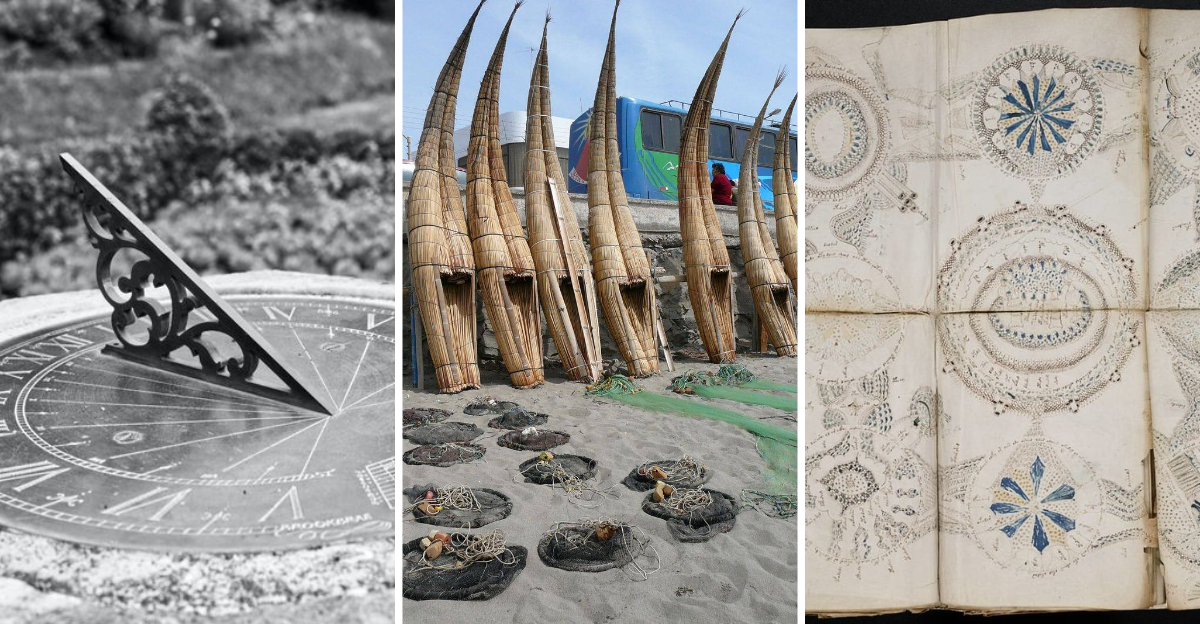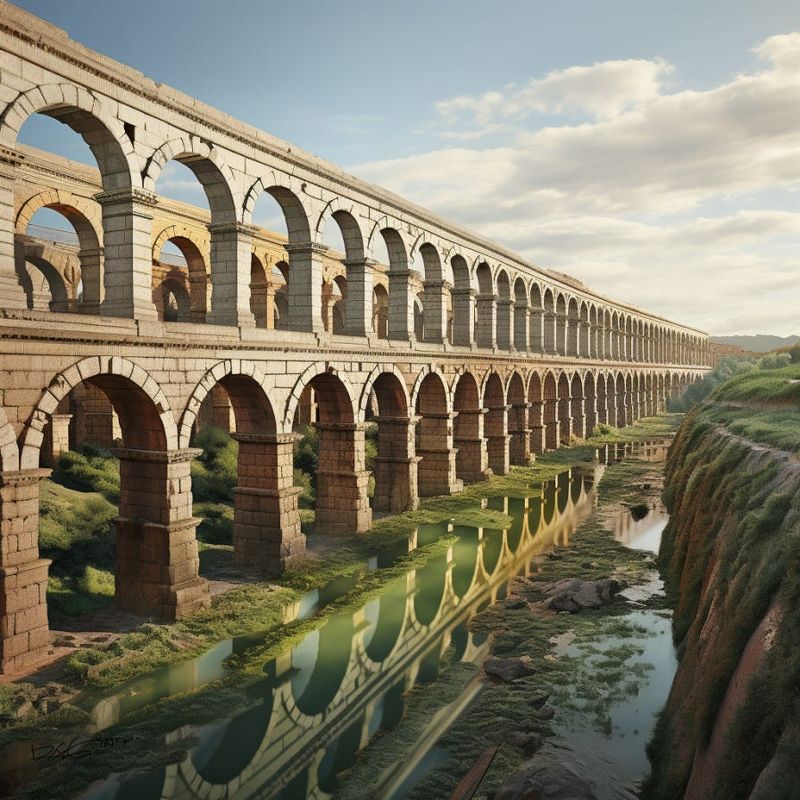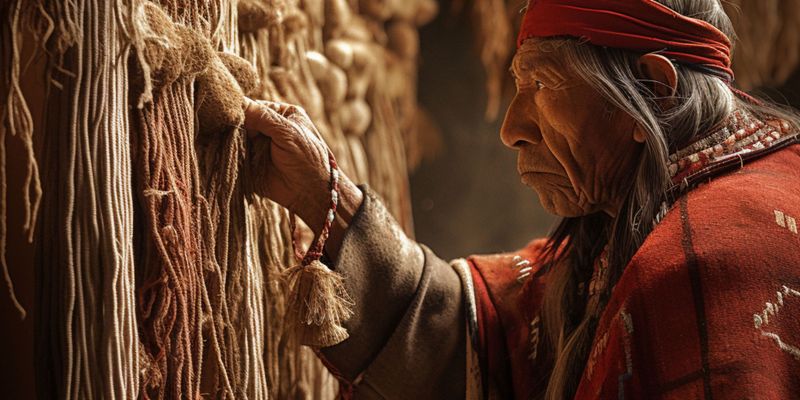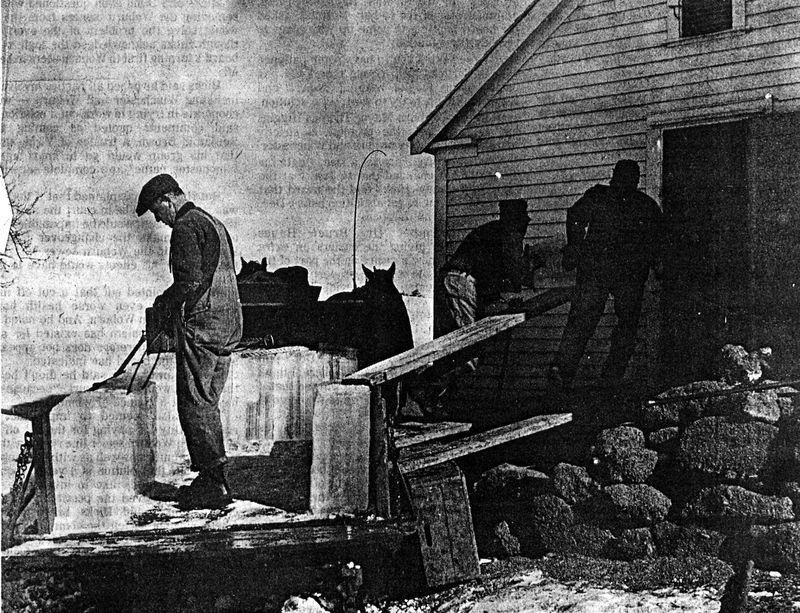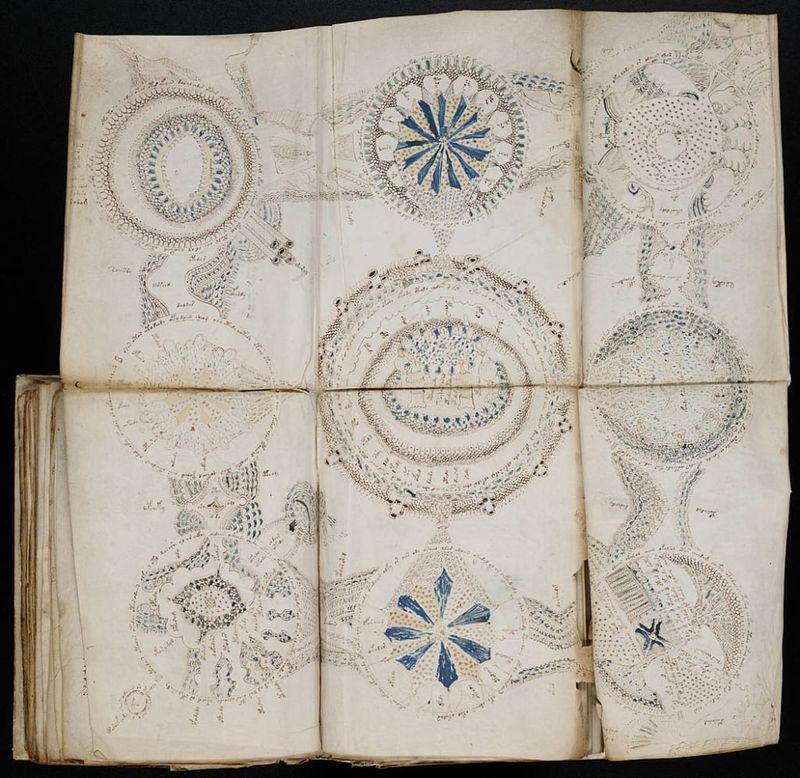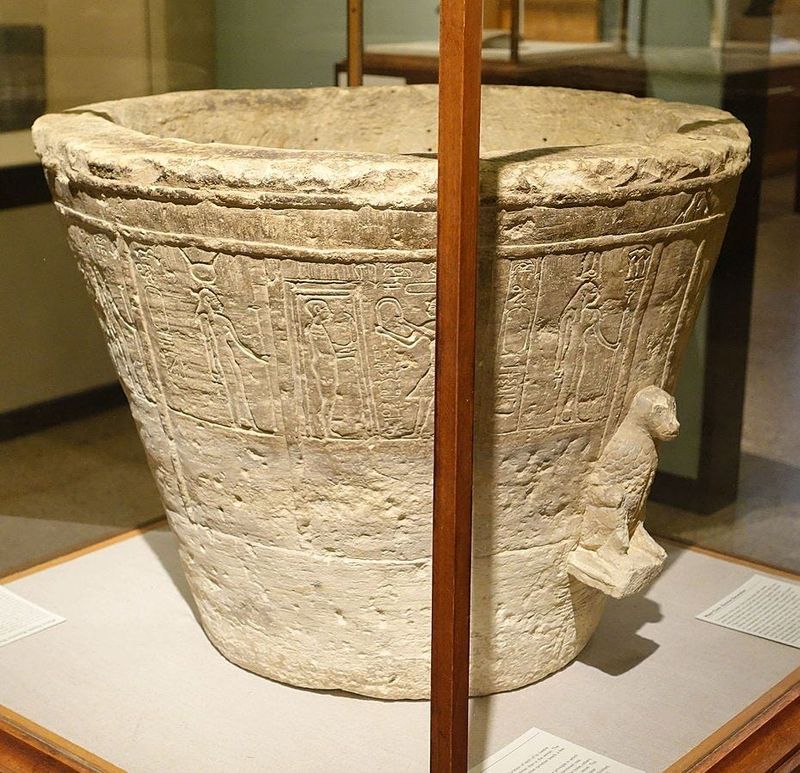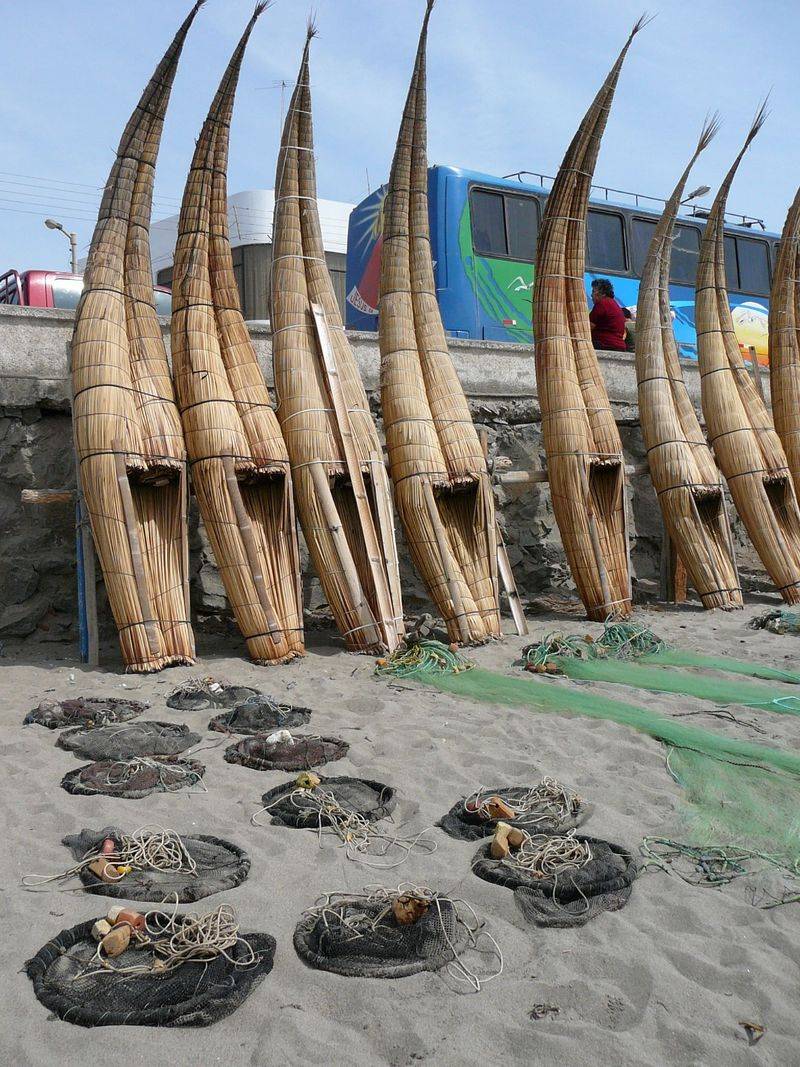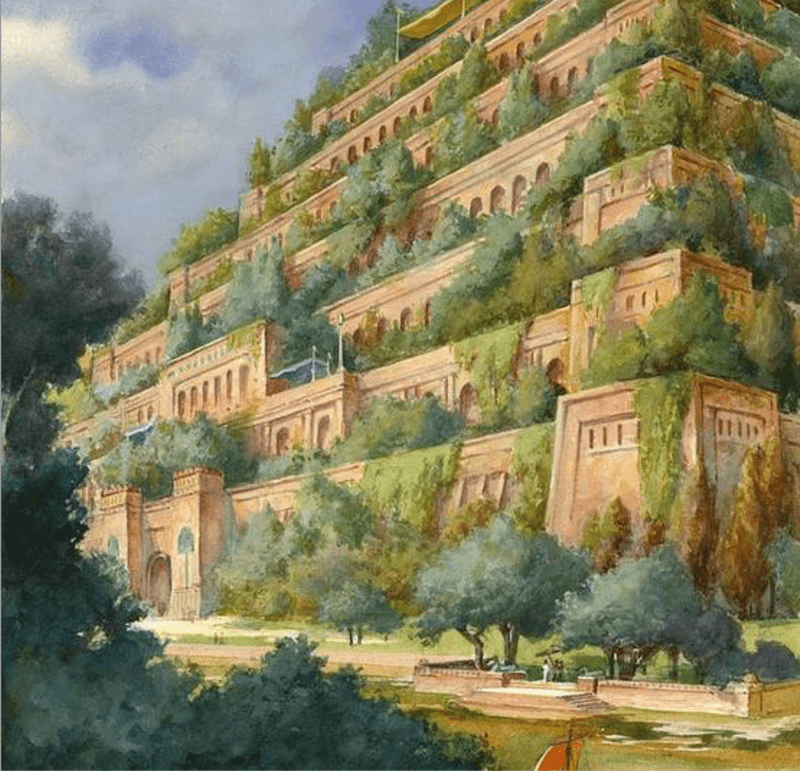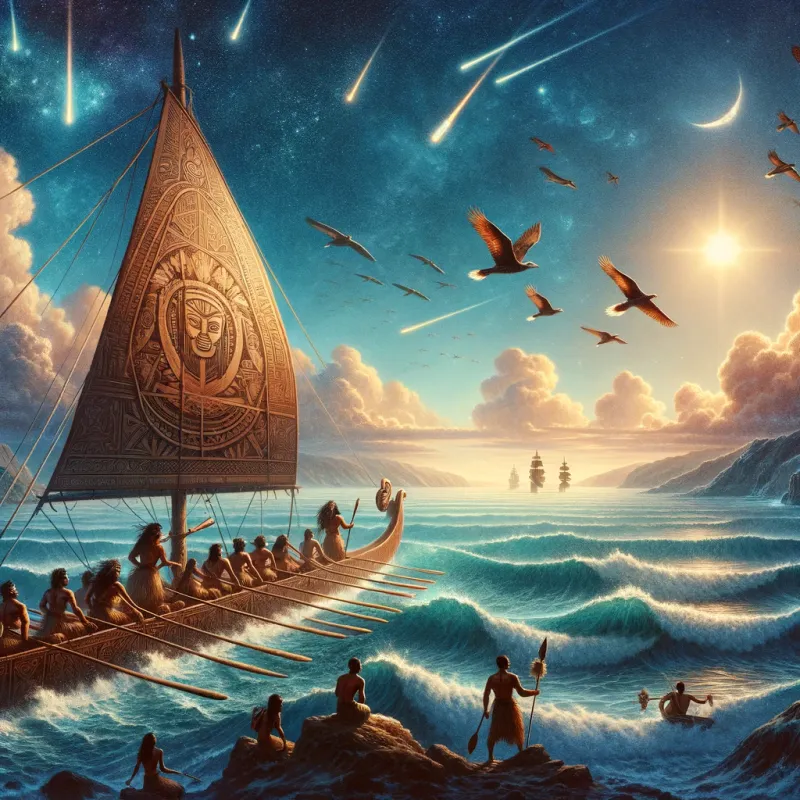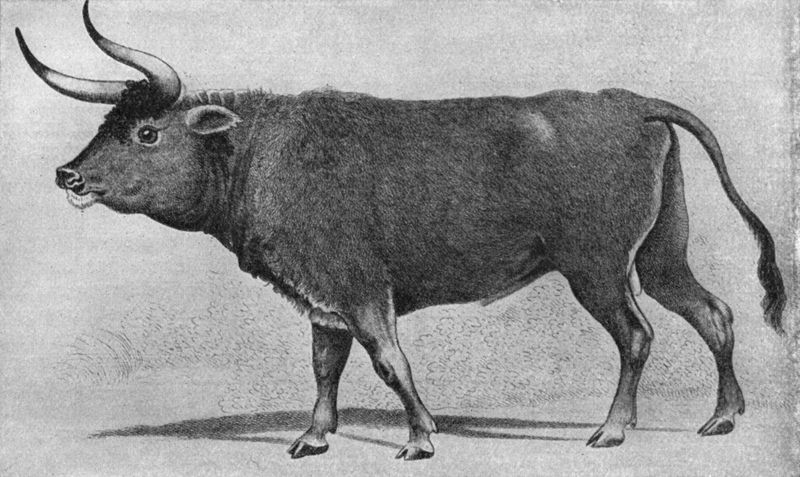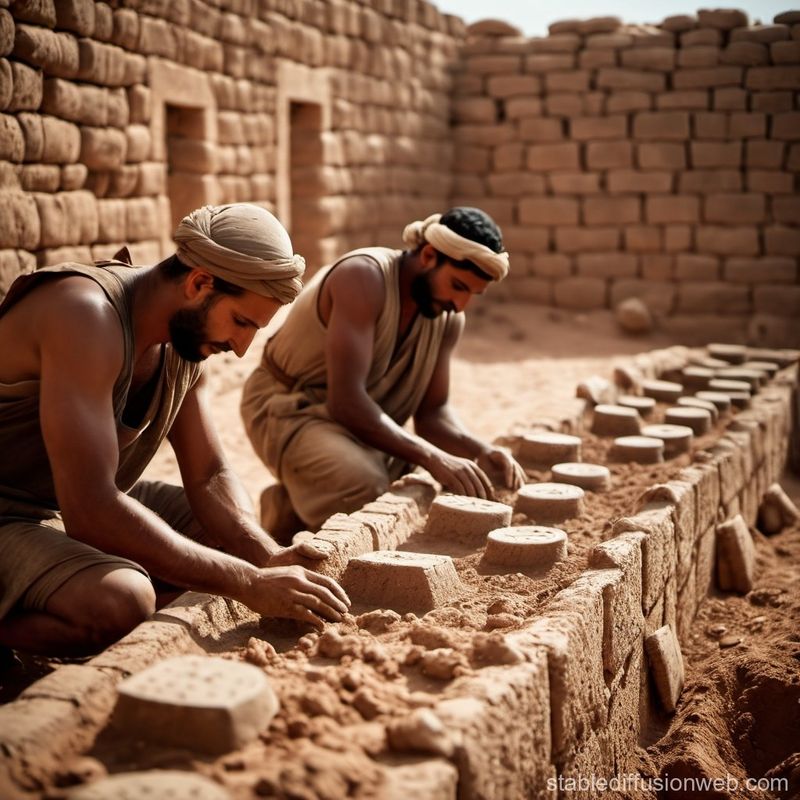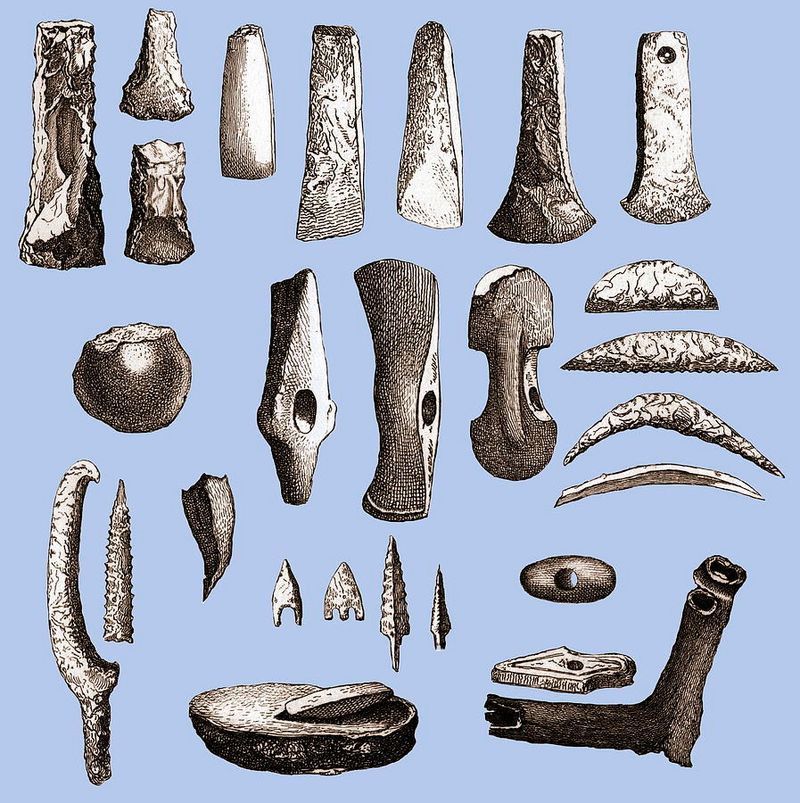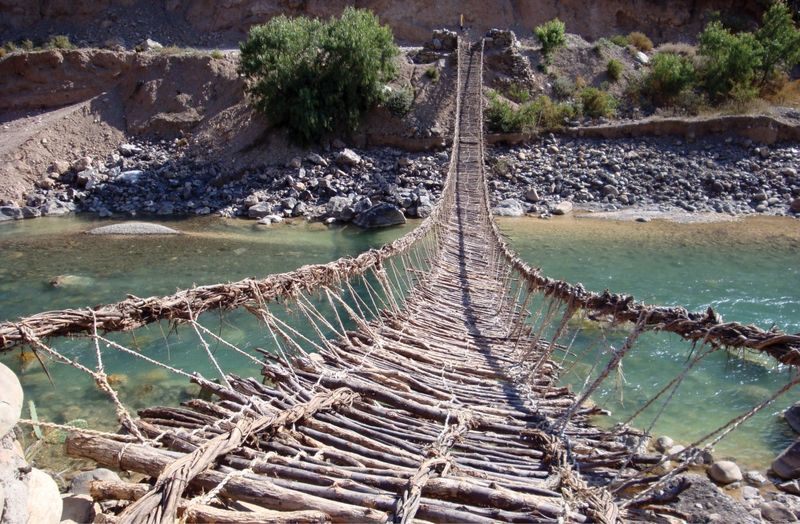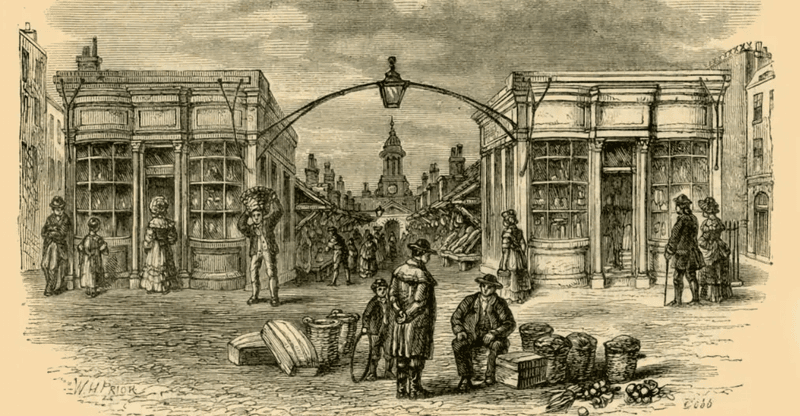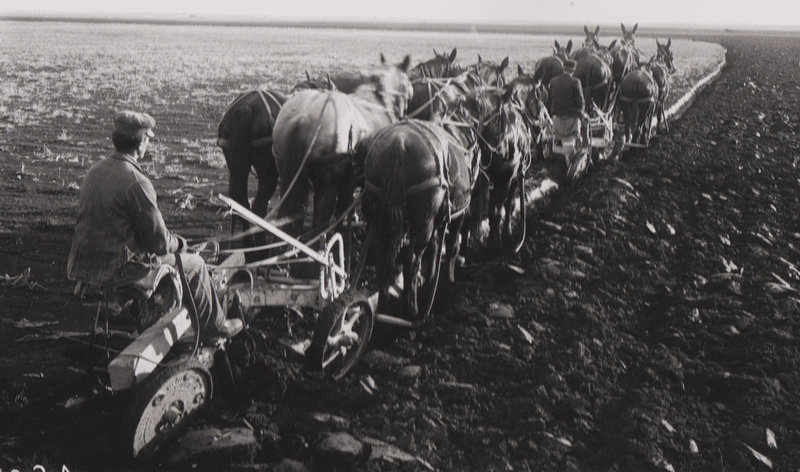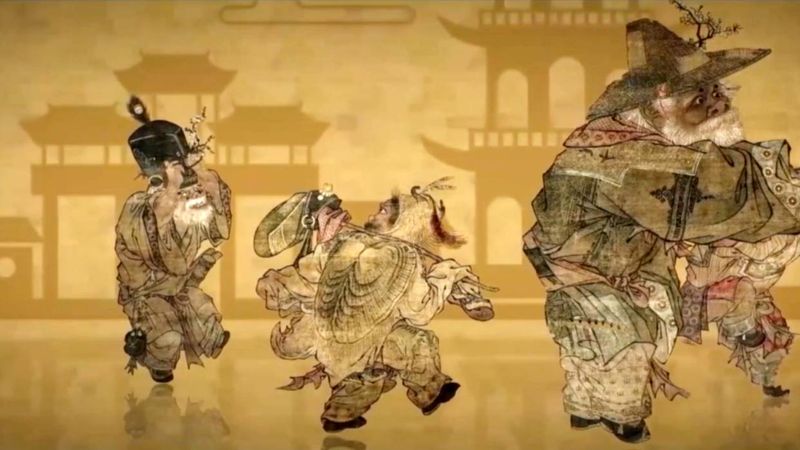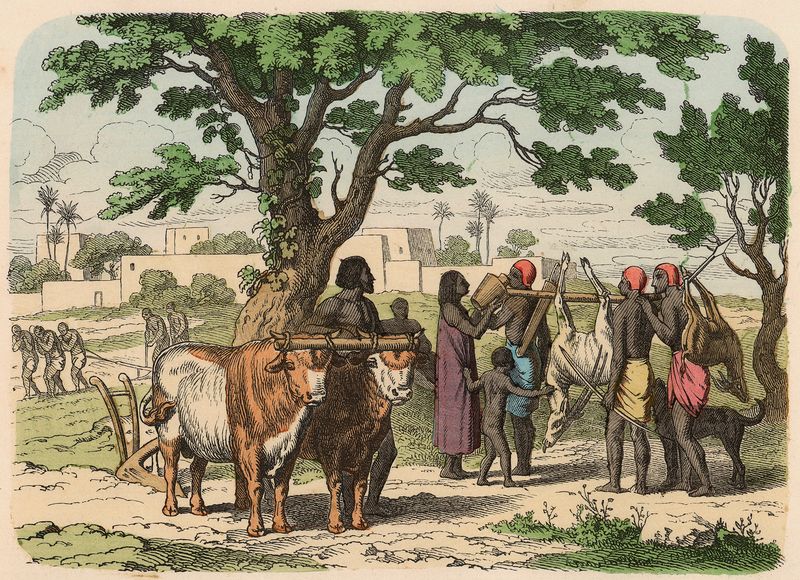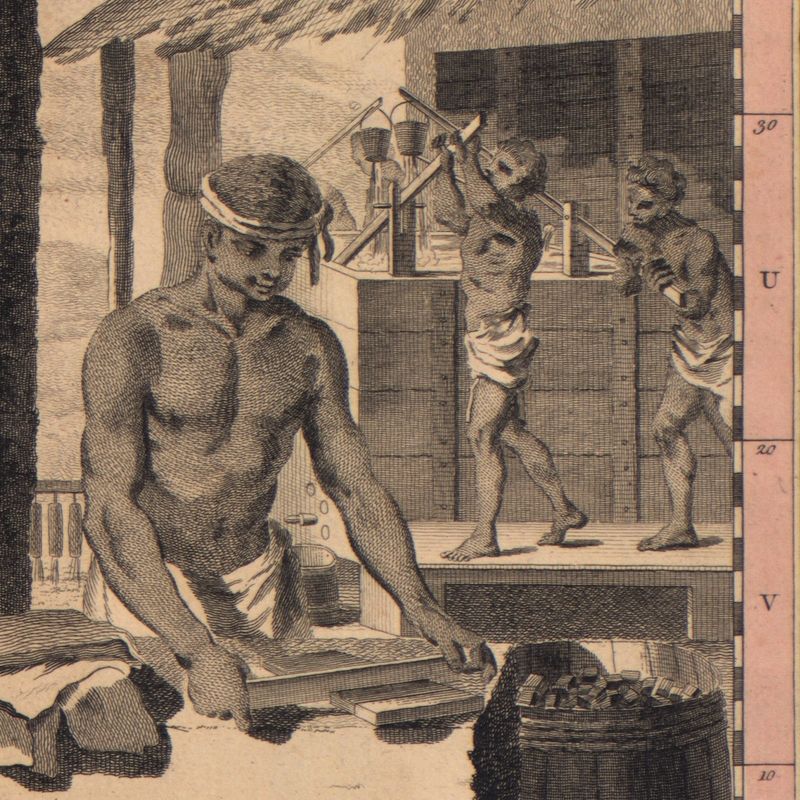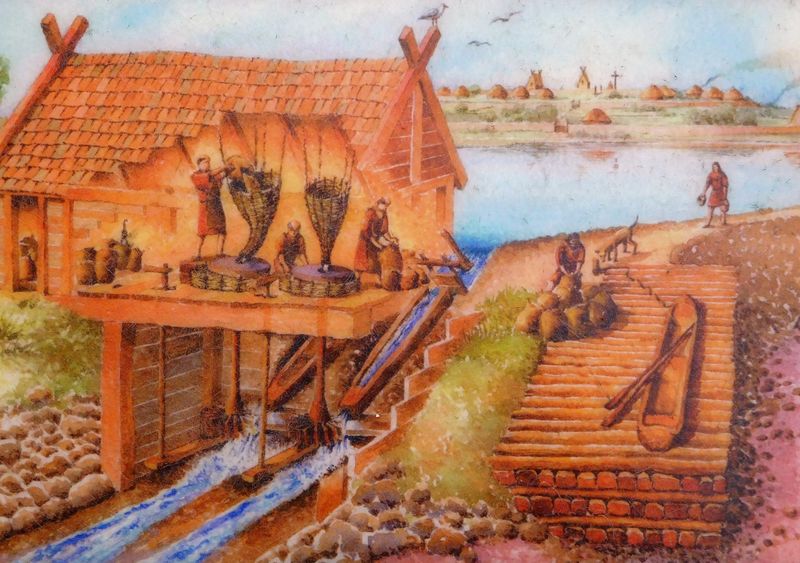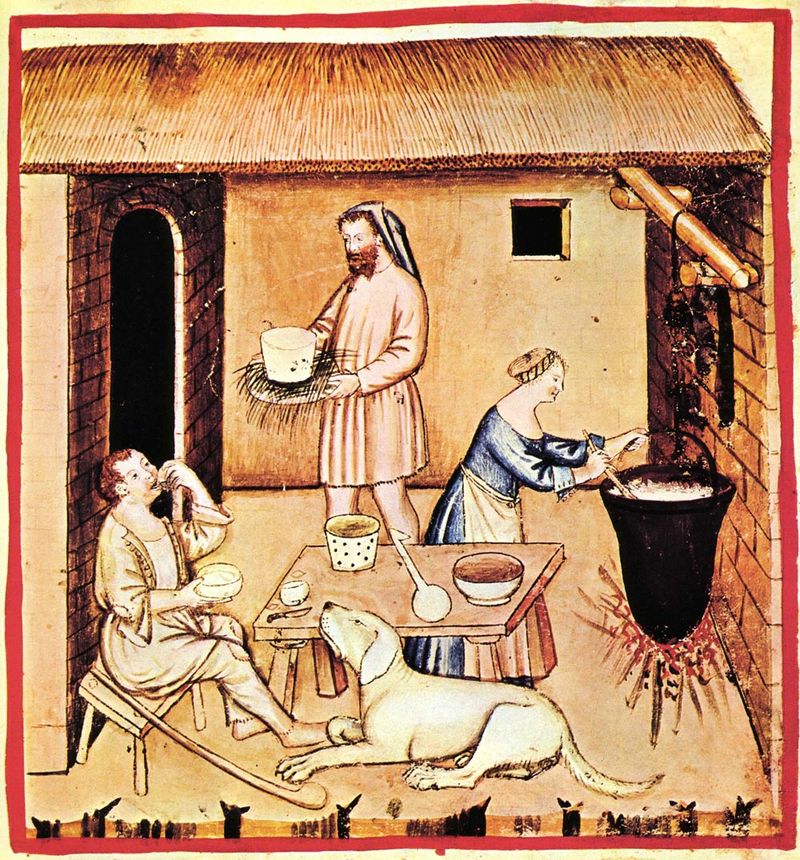Explore a fascinating journey into the ingenious practices that people employed before the advent of modern technology. From ancient innovations in communication to clever methods of timekeeping, these practices highlight human creativity and adaptability.
Discover how societies thrived and managed to overcome daily challenges with limited resources and knowledge, showcasing timeless wisdom and resilience.
Each section unveils a unique aspect of life before technology reshaped our world, offering a glimpse into the extraordinary ways our ancestors navigated their complexities.
1. Sundials
Before clocks, sundials were essential for timekeeping. These devices, reliant on the sun’s position, enabled people to track time accurately during the day. The sundial’s shadow, cast on a marked surface, indicated the hour.
Romans particularly refined sundials, incorporating them into daily life and architecture. Their use underscored a sophisticated understanding of astronomy, enabling civilizations to coordinate activities efficiently.
This practice illustrated a seamless blend of science and daily life, ensuring communities remained synchronized without modern technology’s precision.
2. Abacus
The abacus, an ancient calculating tool, revolutionized mathematics in various cultures, including China and Rome. It featured beads sliding on rods, enabling quick calculations. Merchants and scholars relied on abacuses for commerce and academia.
Operating an abacus required skill and knowledge, with users performing complex arithmetic through bead manipulation. This tool was the precursor to modern calculators, demonstrating early computational prowess.
Its effectiveness lay in its simplicity, providing a tactile and visual method to solve equations, proving indispensable for trade and education before digital technology emerged.
3. Herbal Medicine
Long before pharmaceuticals, herbal medicine was the cornerstone of healthcare. Healers and apothecaries used plant-based remedies to treat ailments, relying on generations of knowledge. Herbs like chamomile, mint, and willow bark provided relief for various conditions.
This practice was prevalent in diverse cultures, from Indigenous tribes to medieval Europe. The effectiveness of herbal medicine stemmed from observation and experimentation.
These natural remedies formed the basis for many modern drugs, highlighting the enduring value of traditional knowledge and the human connection to nature for healing purposes.
4. Aqueducts
The Romans engineered aqueducts to transport water over long distances, a marvel of ancient infrastructure. These structures used gravity to move water from sources to cities, enabling urban growth and sanitation.
Their construction involved precise engineering, with arches and channels ensuring a steady flow. Aqueducts represented a significant advancement in public health, providing fresh water for bathing, drinking, and irrigation.
This innovation exemplified the Romans’ ability to harness natural resources, laying the groundwork for modern plumbing and showcasing their dedication to improving urban life through technology.
5. Smoke Signals
Smoke signals served as an ancient communication method for Indigenous peoples. By creating puffs of smoke, they conveyed messages across distances. Each signal had specific meanings, allowing for nuanced conversations.
This technique required skill, as the smoke’s visibility depended on weather and geography. It was a flexible way to send alerts or updates, even with limited resources.
The use of smoke signals highlights human adaptability, showcasing creativity in utilizing available materials to solve communication challenges without modern devices.
6. Quipus
The Inca civilization used quipus, a unique system of knotted strings, for record-keeping and communication. Each knot and string color represented different information, allowing for complex data storage.
Quipus were vital for managing empire resources, from population counts to military logistics. Their creation and interpretation required specialized knowledge, passed down through generations.
This method of encoding data without written language demonstrates the Inca’s innovative approach to governance, highlighting a sophisticated understanding of information management in the pre-digital world.
7. Windmills
Windmills harnessed wind energy long before electricity, powering various tasks like grinding grain and pumping water. Dutch windmills, iconic in design, are among the most famous examples.
These structures exemplified the ability to utilize natural forces for daily tasks, improving efficiency and productivity. Windmills were crucial for agriculture, enabling farmers to process food on-site.
Their enduring presence highlights the importance of renewable energy practices and showcases human ingenuity in adapting to environmental conditions to meet essential needs.
8. Ice Houses
Before refrigeration, ice houses preserved food and managed temperatures. These structures, often underground, stored ice harvested during winter, keeping perishables cool throughout warmer months.
Ancient Persians mastered this technique, using insulation and ventilation to maintain low temperatures. The design minimized ice melting, providing a reliable cooling method.
Ice houses represent a creative approach to food preservation, highlighting the ingenuity required to extend the shelf life of perishables before modern technology transformed storage methods.
9. Handwritten Manuscripts
Before the printing press, handwritten manuscripts were the primary means of transmitting knowledge. Monks and scribes meticulously copied texts, preserving literature, religious works, and scientific knowledge.
These manuscripts were works of art, often adorned with intricate illustrations and calligraphy. The labor-intensive process ensured accuracy and reverence for the written word.
This practice safeguarded the cultural heritage of civilizations, bridging gaps between generations and laying the foundation for modern publishing. It underscores the dedication to preserving knowledge in an era before digital media.
10. Morse Code
Morse code revolutionized communication in the 19th century, enabling long-distance messaging via telegraph. Each letter and number was represented by a sequence of dots and dashes.
Operators sent messages by tapping keys, transmitting information across telegraph wires. This system drastically reduced the time needed to convey messages, crucial for military and commercial use.
Morse code’s simplicity and effectiveness made it a cornerstone of early telecommunications, showcasing the potential for coded language to bridge vast distances before the digital age.
11. Soap Making
Soap making was an essential craft before mass production. Families created soap using animal fats and lye, a method passed down through generations. This process required patience and skill, ensuring cleanliness and hygiene.
Herbs and fragrances were often added, providing aromatic and therapeutic benefits. The handmade approach connected people to their hygiene products, fostering a deeper appreciation.
This practice reflects the importance of self-sufficiency and resourcefulness, laying the groundwork for modern soap production and emphasizing the value of traditional crafting techniques.
12. Hourglasses
Hourglasses provided a simple yet effective way to measure time before mechanical clocks. These devices, consisting of sand flowing between two glass bulbs, offered a visual representation of time’s passage.
Used for various tasks, from cooking to scholarly pursuits, hourglasses were adaptable and portable. Their accuracy depended on the sand’s consistency and the device’s craftsmanship.
This method of timekeeping highlights the human desire to quantify and manage time, offering a tangible connection to the natural rhythm before digital clocks standardized temporal measurement.
13. Fishing With Cormorants
In ancient China, fishermen trained cormorants to catch fish, leveraging the birds’ natural hunting skills. A ring around the bird’s neck prevented it from swallowing large fish, which were retrieved by the fisherman.
This symbiotic relationship exemplified a deep understanding of the natural world, where humans and animals collaborated for mutual benefit. The technique required patience and skill, maintaining harmony with nature.
This practice showcases an innovative approach to resource management, emphasizing the value of sustainable and cooperative methods in food acquisition before modern fishing technology.
14. Water Clocks
Water clocks, or clepsydras, measured time through water flow. Ancient Egyptians and Greeks utilized these clocks, marking a significant advancement in timekeeping.
Water flowed from one container to another, with markings indicating the passage of time. This method was reliable and adaptable for various settings, from temples to courts.
Water clocks highlight the ingenuity in early timekeeping, providing a continuous measure of time independent of daylight, underscoring the quest for precision long before modern timepieces.
15. Rafting with Reed Boats
Reed boats, crafted from bundles of reeds, were vital for transportation and trade in ancient civilizations like Egypt and Mesopotamia. These boats navigated rivers and lakes, facilitating commerce and cultural exchange.
Their lightweight construction allowed easy maneuverability, while the natural buoyancy of reeds ensured stability. Building and maintaining these boats required skill, showcasing resourcefulness.
Reed boats demonstrate early ingenuity in transportation, enabling exploration and connectivity long before the age of sail and steam, reflecting human adaptability to environmental challenges.
16. Printing with Woodblocks
Woodblock printing, a precursor to movable type, enabled mass production of texts in ancient China. Artisans carved characters onto blocks, applying ink and pressing them onto paper.
This technique revolutionized knowledge dissemination, allowing literature and information to reach wider audiences. It required precision and skill, making printing accessible and affordable.
Woodblock printing underscores an early commitment to spreading ideas, laying the foundation for modern publishing, and highlighting the enduring value of shared knowledge before digital media.
17. Hanging Gardens
The Hanging Gardens of Babylon, one of the ancient world’s wonders, exemplified advanced horticulture and engineering. These terraced gardens featured diverse flora, sustained by intricate irrigation systems.
The gardens symbolized wealth, power, and human creativity, transforming arid landscapes into verdant paradises. Building and maintaining them required significant resources and ingenuity.
This marvel underscores humanity’s desire to harmonize with nature, showcasing the capability to create thriving environments in challenging settings long before modern agricultural techniques developed.
18. Knitting and Weaving
Knitting and weaving were essential crafts for producing textiles. Skilled artisans created clothing and household items, intertwining threads in complex patterns.
These crafts required precision and creativity, with unique designs reflecting cultural identity. The handmade nature of the products ensured durability and personal significance.
Knitting and weaving demonstrate the importance of craftsmanship and self-sufficiency, providing warmth and protection before industrial textiles reshaped the industry. They highlight the enduring appeal of handcrafted goods.
19. Star Navigation
Polynesian navigators mastered star navigation, traversing vast ocean distances without modern instruments. By observing stars, wind patterns, and ocean currents, they charted courses across the Pacific.
This knowledge, passed down through oral traditions, was integral to their wayfinding expertise. Star navigation required deep understanding and intuition, reflecting a profound connection to the natural world.
This practice showcases the remarkable human ability to navigate and explore, emphasizing the reliance on environmental wisdom before technological advances in navigation.
20. Animal Domestication
Animal domestication transformed human societies, providing reliable food sources and companionship. Early humans selectively bred animals like sheep, goats, and dogs, fostering mutual benefits.
This practice required understanding animal behavior and needs, establishing a symbiotic relationship. Domesticated animals contributed to agricultural and societal development, facilitating stable communities.
The domestication of animals highlights human adaptability and innovation in altering environments to meet needs, showcasing a pivotal step in the evolution of civilization before mechanized agriculture.
21. Mudbrick Construction
Mudbrick construction was a foundational building technique in ancient civilizations like Mesopotamia and Egypt. Builders mixed clay, straw, and water, molding bricks that dried in the sun.
This method provided robust and adaptable structures, suited to diverse climates. Mudbricks were sustainable, utilizing locally available materials, and required skill to ensure stability.
Mudbrick construction illustrates human ingenuity in architecture, offering durable and eco-friendly solutions before modern construction materials became prevalent. It underscores the resourcefulness in creating lasting habitats.
22. Pinhole Cameras
Pinhole cameras, simple devices without lenses, captured images using a tiny aperture. Light passing through the pinhole projected an inverted image onto a surface inside the camera.
This technique, dating back to ancient China and the Middle Ages, laid the groundwork for modern photography. It illustrated fundamental optical principles, requiring patience and precision.
Pinhole cameras highlight the exploration of light and vision, offering a glimpse into the scientific curiosity that eventually led to the development of photographic technology.
23. Rainwater Harvesting
Rainwater harvesting was essential for water management in arid regions. Ancient civilizations collected and stored rainwater in cisterns or reservoirs, ensuring a sustainable supply for agriculture and daily use.
This method required planning and construction skills, maximizing water conservation. It was crucial for survival, especially in areas with limited natural water sources.
Rainwater harvesting highlights the ingenuity in resource management, providing a model for sustainable practices that continue to inspire modern water conservation efforts.
24. Stone Tools
Stone tools were vital for early human survival, enabling hunting, crafting, and building. Early humans skillfully shaped stones into tools for specific tasks, from cutting meat to constructing shelters.
This practice required dexterity and knowledge of materials, reflecting a deep understanding of the natural world. Stone tools facilitated technological and societal advancement, laying the groundwork for future innovations.
Their creation underscores the adaptability and creativity in utilizing available resources, marking a pivotal step in human evolution before the age of metallurgy.
25. Rope Bridges
The Incas constructed rope bridges using natural fibers, enabling transportation across treacherous terrains. These bridges, suspended over gorges, connected remote regions, facilitating communication and trade.
Building and maintaining them required community effort and expertise, with techniques passed down through generations. Rope bridges were durable and resilient, showcasing engineering acumen.
This practice highlights the ability to overcome geographical challenges, demonstrating resourceful problem-solving in infrastructure before modern engineering advancements.
26. Loom Weaving
Loom weaving was crucial in textile production, transforming threads into fabrics. Ancient Egyptians and other cultures used looms to create intricate textiles, reflecting cultural identity and artistry.
Weaving required precision and creativity, with each piece carrying symbolic meaning. The manual process ensured quality and uniqueness, fostering a deep connection between artisans and their craft.
Loom weaving illustrates the importance of craftsmanship and cultural expression, providing essential materials and showcasing the artistry in everyday life before industrial looms.
27. Flint Knapping
Flint knapping involved shaping stones into sharp tools and weapons, essential for survival in prehistoric times. This skill required precision and understanding of stone properties, enabling early humans to craft effective implements.
Flint tools enhanced hunting and crafting, impacting daily life and societal development. Mastery of this technique was passed through generations, underscoring its importance.
Flint knapping highlights human resilience and creativity, showcasing the ability to innovate with available resources, paving the way for technological evolution before metalworking dominated tool production.
28. Basket Weaving
Basket weaving was a versatile craft, providing storage solutions and tools for daily life. Indigenous peoples around the world used local materials like reeds and grasses to create sturdy baskets.
This skill required creativity and dexterity, with each basket reflecting cultural traditions and practical needs. The handmade nature ensured durability and functionality.
Basket weaving underscores the adaptability and craftsmanship of societies, offering insights into sustainable practices and resource utilization before plastic and manufactured containers dominated.
29. Canals and Dykes
Canals and dykes managed water resources in regions prone to flooding or requiring irrigation. Medieval Europeans engineered these structures to control water flow, supporting agriculture and trade.
Building canals and dykes demanded engineering knowledge and labor, ensuring efficient water management. These structures facilitated economic growth, connecting regions and enhancing agricultural productivity.
This practice highlights the importance of infrastructure in societal development, showcasing human ingenuity in adapting landscapes to meet needs before modern hydraulic engineering techniques emerged.
30. Crop Rotation
Crop rotation, a farming method that cycles different crops in a field, enhanced soil fertility and reduced pests. Medieval farmers recognized its benefits, improving yields and sustainability.
This practice required planning and understanding of plant interactions, promoting environmental harmony. Crop rotation supported agricultural innovation, fostering stability and resilience.
The method underscores an early commitment to sustainable agriculture, offering lessons in ecological balance and resource management that resonate with contemporary farming practices.
31. Camouflage Techniques
Camouflage techniques, employed in ancient warfare, helped soldiers blend into environments, avoiding detection. Ancient Chinese and other cultures utilized natural materials and colors to conceal their presence.
This practice required keen observation and understanding of surroundings, enhancing strategic advantage. Camouflage influenced military tactics and survival, setting the stage for modern stealth strategies.
It underscores the tactical acumen in using available resources for protection and surprise, emphasizing adaptability before advanced military technologies evolved.
32. Coal Fires for Heating
Coal fires provided heat and comfort, playing a central role in 19th-century households. Families relied on coal for warmth, especially during harsh winters.
Managing coal fires required skill and care, ensuring efficient burning and heat distribution. The warmth offered by these fires fostered family gatherings and community spirit.
Coal heating illustrates an early adaptation to available resources, highlighting the transition to fossil fuels and setting the stage for modern heating systems. It reflects the evolving relationship with energy sources.
33. Crop Domestication
Crop domestication transformed human societies, allowing stable food supplies and settlement development. Early farmers in regions like the Fertile Crescent selectively bred plants for desirable traits.
This practice required observation and experimentation, leading to agricultural advancements. Domesticated crops supported population growth and societal complexity, laying the foundation for civilizations.
Crop domestication highlights human ingenuity in shaping environments to meet nutritional needs, marking a pivotal step in the evolution of agriculture before genetic modification and biotechnology.
34. Natural Dyeing
Natural dyeing infused textiles with color, using plants, minerals, and insects. Artisans applied dyes to fabrics, creating vibrant hues reflecting cultural identity and tradition.
This skill required knowledge of local resources and dye properties, offering sustainable color solutions. The manual process ensured uniqueness and quality, connecting artisans to their creations.
Natural dyeing illustrates the importance of color in cultural expression and sustainability, providing insights into traditional crafting before synthetic dyes became widespread.
35. Tidal Mills
Long before electricity, tidal mills were an innovative way to harness natural energy. Built along coastal areas, these mills used the power of the tides to grind grains into flour. The basic concept involved trapping incoming high tides in large storage ponds and then releasing the water to turn the mill’s machinery as the tide receded.
This ingenious use of renewable energy dates back to the Middle Ages and demonstrates human ingenuity in utilizing available resources. Tidal mills were particularly useful in regions where the tide’s powerful ebb and flow could be predicted with accuracy.
Though largely replaced by modern technology, the principle of using tidal energy persists today and is being revisited as a sustainable energy source. Tidal mills stand as a testament to early engineering and environmental adaptation.
36. Salt Preservation
Salt preservation extended food shelf life, ensuring supplies during scarcity. Medieval societies used salt to cure meats and fish, preventing spoilage and maintaining flavor.
This method required careful salting and storage, offering a reliable preservation solution. Salted foods supported trade and exploration, providing sustenance on long journeys.
Salt preservation highlights the ingenuity in food management, showcasing the adaptability in extending resources before refrigeration and modern preservation techniques.
37. Cheese Making
Cheese making, an ancient craft, transformed milk into a preserved, nutritious food. Artisans in various cultures developed diverse cheese varieties, using specific methods and ingredients.
This process required understanding milk properties and fermentation, ensuring quality and flavor. Cheese was crucial for storage and trade, providing sustenance over long periods.
Cheese making illustrates the innovative approach to food preservation and nutrition, highlighting cultural diversity and culinary heritage before industrial dairy processing. It emphasizes the value of traditional food crafts.
38. Storytelling
Storytelling was a cornerstone of cultural transmission, preserving history and values through oral narratives. Elders shared stories around fires or gatherings, imparting wisdom and entertainment.
This practice connected generations, fostering community bonds and identity. Storytelling required creativity and memory, ensuring stories’ longevity and relevance.
It underscores the enduring power of oral tradition in knowledge preservation, emphasizing the human capacity for narrative and connection before written records and digital media reshaped communication.
